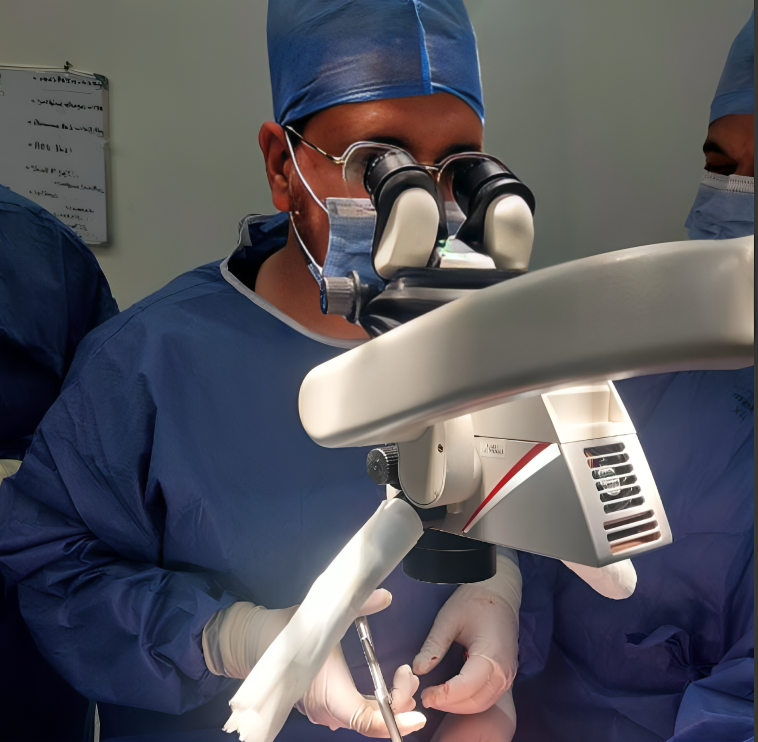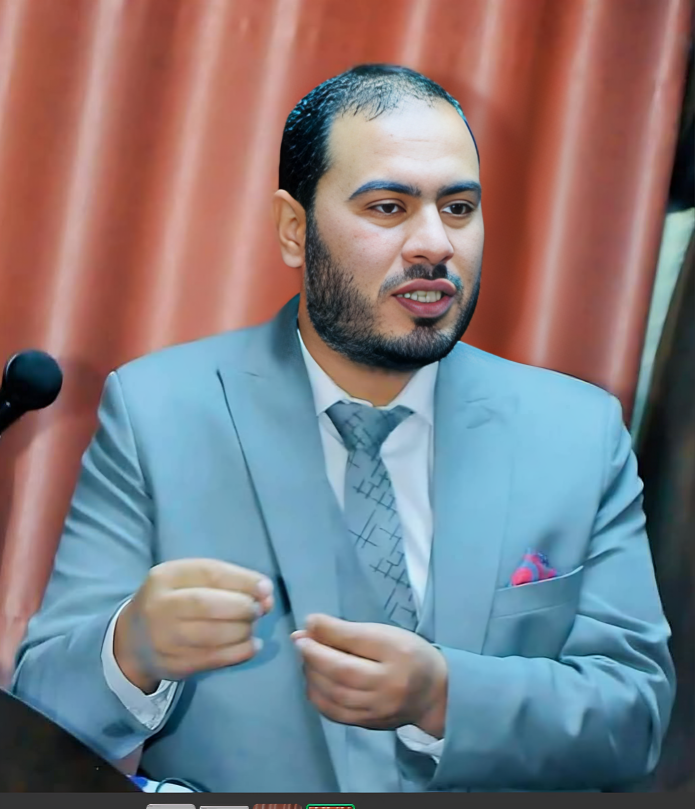Heel bone fracture repair surgery
Ankle Fracture Surgery: Your Complete Guide to Treatment and Recovery
An ankle fracture is a common injury that can occur due to a fall, an accident, or even a sports injury. The ankle (also known as the heel bone) is one of the key bones in the foot, bearing the body weight while walking and running. When a fracture occurs in this bone, it can significantly affect your mobility and require precise treatment. In some cases, severe injuries may require surgery to repair the fracture and restore foot function.
What is an Ankle Fracture?
An ankle fracture occurs when the ankle bone (also called the calcaneus) breaks due to a strong impact or accident. Ankle fractures can range from simple fractures that may not require surgery to severe fractures that require precise surgical treatment. Symptoms of an ankle fracture may include:
Severe pain in the ankle area.
Significant swelling in the affected area.
Difficulty or inability to stand or walk.
Bruising around the ankle and heel.
Visible deformity in the shape of the foot or ankle.
When is Surgery Needed to Repair an Ankle Fracture?
Open fractures: Where the bone is broken and protrudes through the skin.
Multiple or complex fractures: If the fracture in the ankle is severe and involves tearing of ligaments or surrounding tissues.
Failure to heal properly: When the fracture does not heal naturally with non-surgical treatments, surgery may be necessary.
Fractures affecting foot stability: If the fracture threatens the stability of the foot or the ability to walk normally.
Types of Ankle Fracture Repair Surgery
Internal Fixation Surgery
In this surgery, medical tools such as plates, pins, or screws are used to hold the broken bone parts together. It is performed using either minimally invasive techniques or a traditional surgical incision.
The goal is to ensure proper bone healing and restore the ability to walk.
External Fixation Surgery
This type of surgery is used in certain cases that require an external device to pull the broken parts of the bone together. It is mainly used in fractures that are difficult to treat with internal fixation.
Ankle Reconstruction
If the ankle is broken into small or multiple parts, the bone may need to be reconstructed using bone grafts or synthetic materials to stabilize the broken pieces.
Post-Surgery Recovery
After undergoing ankle fracture surgery, the patient must follow several steps to ensure proper recovery:
Rest and limit movement: During the first few weeks after surgery, movement and pressure on the injured foot should be minimized to avoid complications.
Use of a cast or brace: In most cases, a cast or brace will be applied to stabilize the foot and provide support during healing.
Physical therapy: Once the fracture has partially healed, physical therapy should be started to restore strength and flexibility to the foot and ankle.
Avoid putting weight on the injured foot: You should avoid standing or walking for extended periods until the doctor allows a gradual increase in activity.
Tips for a Speedy Recovery
Follow the doctor's instructions carefully: Ensure that you adhere to all the guidelines given by the doctor regarding rest, medication, and permitted activities.
Practice therapeutic exercises: Engage in physical therapy exercises to improve the foot's flexibility and endurance.
Complete rest: Avoid overloading the injured foot and refrain from engaging in any sports or strenuous activities until fully healed.
Wear appropriate medical shoes: During the recovery period, it is recommended to use medical shoes designed to support the foot properly while walking.
When Should You Visit the Doctor?
If you experience severe pain or unbearable swelling after surgery.
If you notice changes in the shape of your foot or ankle or if new deformities occur after surgery.
If there are signs of infection such as redness, warmth, or discharge from the wound.
If you have difficulty moving your foot or sensing it.
Conclusion
Repairing an ankle fracture requires precise surgical intervention in some cases, and treatment and post-surgery care should be supervised by a specialized medical professional to ensure full recovery. By adhering to physical therapy and regular check-ups with the doctor, you can regain the ability to walk and gradually return to normal activities safely.
Speciality: Orthopedic doctor
Price: 300
Phone: 01008818025
WhatsApp: 01008818025
Location: Moharram Bey, Alexandria
Address: 84 Moharram Bek Street, Boualino Tram Station
About the Doctor:
🩺 About Me Dr. Mohamed El-Sharkawy 🩺
🏥 Specialization: Consultant in Orthopedic Surgery, Fractures, and Knee Shoulder Arthroscopy🎓 Education: Masters Degree in Orthopedic Surgery📜 ... Read More
Speciality: دكتور عظام
Price: 300
Phone: 01101688925
WhatsApp: 01101688925
Location: Al-Mansoura Governorate, Mansoura
Address: Mansoura, 86 Al-Gomhoria Street, Dar Al-Ma'arif Building, Second Floor.
About the Doctor:
Here's the English translation of the profile for Dr. Sayed El-Shenawy:
Dr. Sayed El-ShenawyOrthopedic Surgeon and Sports Injuries SpecialistArthroscopy (Knee Shoulder) 🏥
Dr. Sayed El-Shenawy is ... Read More
Speciality: Orthopedic doctor
Price: 300
Phone: 01003069304
WhatsApp: 01003069304
Location: Cairo
Address:
About the Doctor:
🩺 Dr. Hossam Fathi
Orthopedic and Spine Surgery Specialist
🔹 Name:Dr. Hossam Fathi
📞 Phone Number:0100 3069304
Who is Dr. Hossam Fathi?
Dr. Hossam Fathi is a certified specialist in ... Read More
Speciality: Orthopedic doctor
Price: 200
Phone: 01029911283
WhatsApp: 01029911283
Location: Kafr El Sheikh
Address:
About the Doctor:
Dr. bassem elfeky | Consultant Orthopedic Surgeon
🩺 About the Doctor
Dr. bassem elfeky is a Consultant Orthopedic Surgeon and Lecturer at Al-Azhar University, with extensive experience ... Read More




